03 Jul 2022
What if you could jump between multiple universes to learn about different tech topics such as artificial intelligence (AI), cybersecurity, space tech and more?
Over 3,000 students from 83 schools did just that. From pitching creative solutions for real-world problems to developing augmented reality (AR) applications, there was so much to do and experience at BrainHack 2022.
From 23 May to 24 June 2022, students gathered for the fourth edition of DSTA’s annual learning fest at a virtual space station, where they customised their own hyper craft to traverse different worlds and try their hands at various activities.
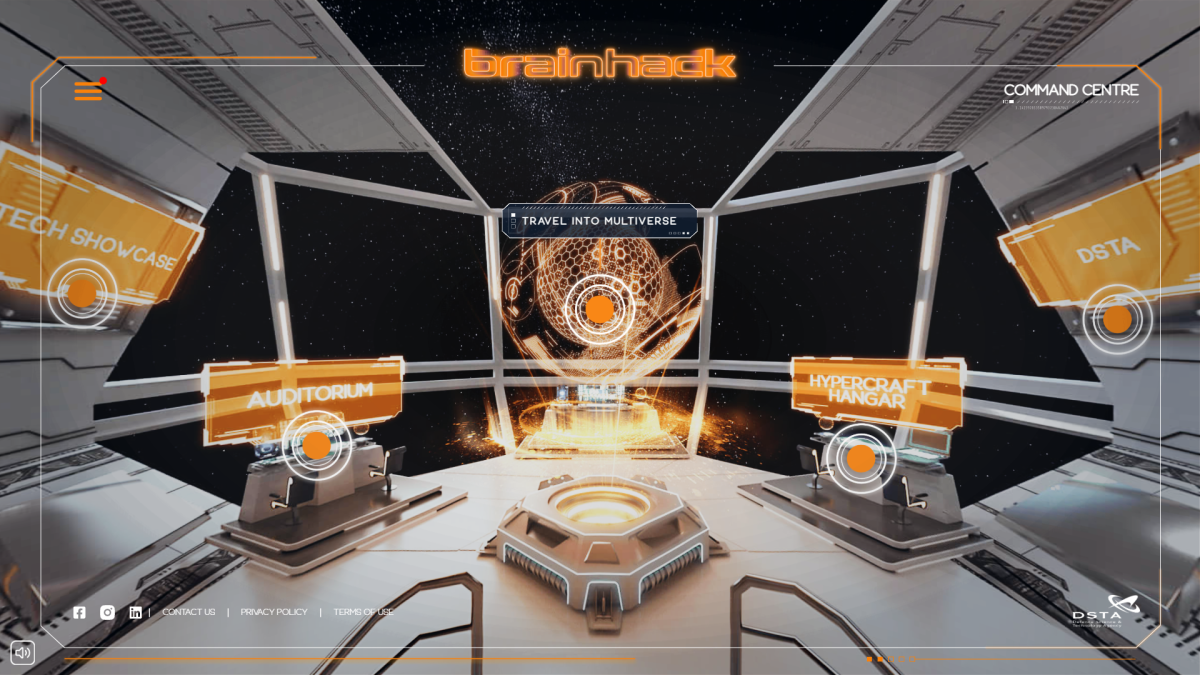
Through BrainHack’s command centre, participants travelled to different universes for a myriad of adventures.
This year, we even invited several popular local personalities to join in some of the fun at BrainHack!
BrainHack comprised a series of exciting activities, and one of them was the Cyber Defenders Discovery Camp (CDDC). At the camp, participants were able to delve into topics within the exciting field of cybersecurity, including cyber forensics and cryptography.
After a series of self-paced online training, the camp culminated in a 48-hour virtual Capture-The-Flag competition that saw participants race to complete cybersecurity challenges and apply new techniques they learnt. The challenges spanned a range of topics such as open source intelligence and network security. The final stretch of the competition saw participants complete cyber-physical challenges, one of which required them to take control of a mini centrifuge that was connected to a miniature city model, simulating the possible impact of a cyberattack on a city’s infrastructure in the real world.
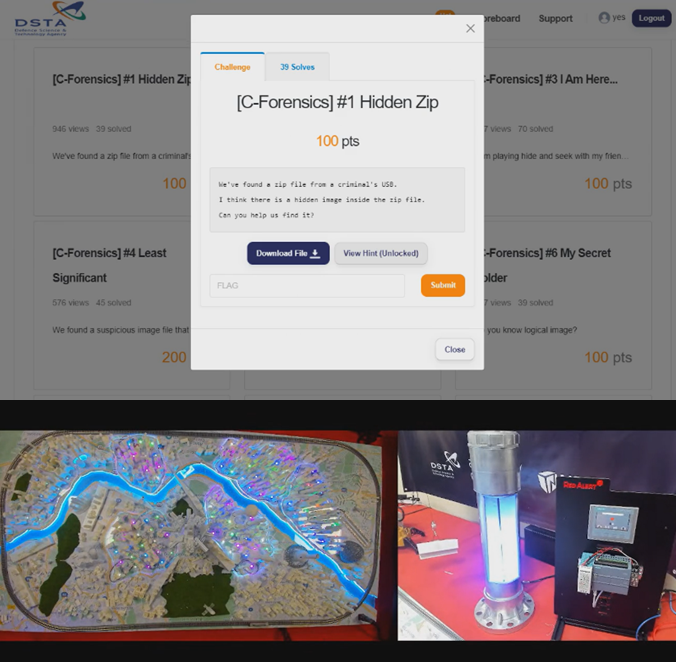
CDDC offered students a deep dive into cybersecurity and its exciting sub-topics, and pumped up the adrenaline through a competition that put their cyber skills to the test.
At the Today I Learned – AI Camp (TIL), budding developers got to learn about various machine learning (ML) techniques in computer vision and natural language processing. Finalist teams were even able to develop their own robotics algorithms, which they integrated with their ML models to compete in a series of rescue-themed challenges in the finals.
TIL participant Chua Wan Ning, a second-year electrical engineering student from the National University of Singapore (NUS), said: “I was eager to see how ML could work in real life, and I was not disappointed. We got to learn about that and more from the many training resources provided, and the organisers made sure that our learning was paced comfortably.”

Student teams at the TIL-AI finals incorporated their codes into actual robots that were scored on their timing and accuracy in completing missions.
A different kind of code was created at the CODE_EXP workshop, where participants learnt the basics of mobile app development and went on to tackle real-world problems with their innovative solutions.
The winning app – dubbed ‘Soldier Strong’ – allowed NS men to keep track of their Individual Physical Proficiency Test (IPPT) training through a comprehensive dashboard and suite of user-friendly features.
One of the team members, Yap Pei Zhen, a third-year NUS student studying Information Systems, highlighted how much she enjoyed the training and how inclusive it was, as it also catered to people new to app development. She added: “We got to hone our coding skills in JavaScript and app development during the workshops. That really helped my team in the competition!”
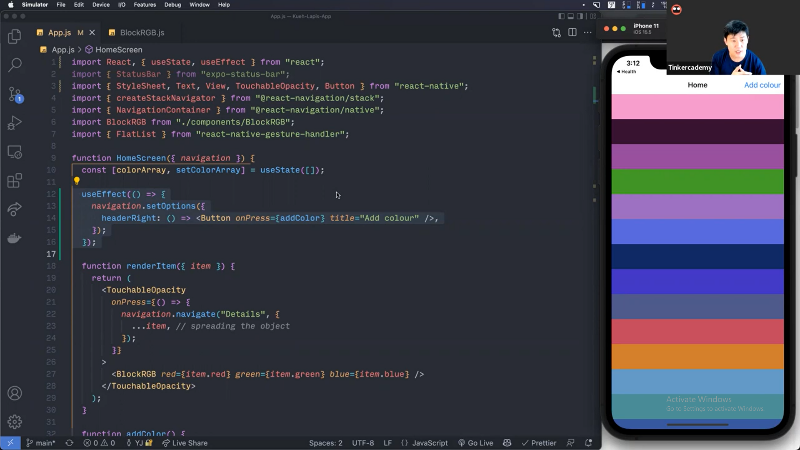
Students were introduced to the basics of app development, including how to develop different kinds of prototype app functions such as the creation of lists and note taking.
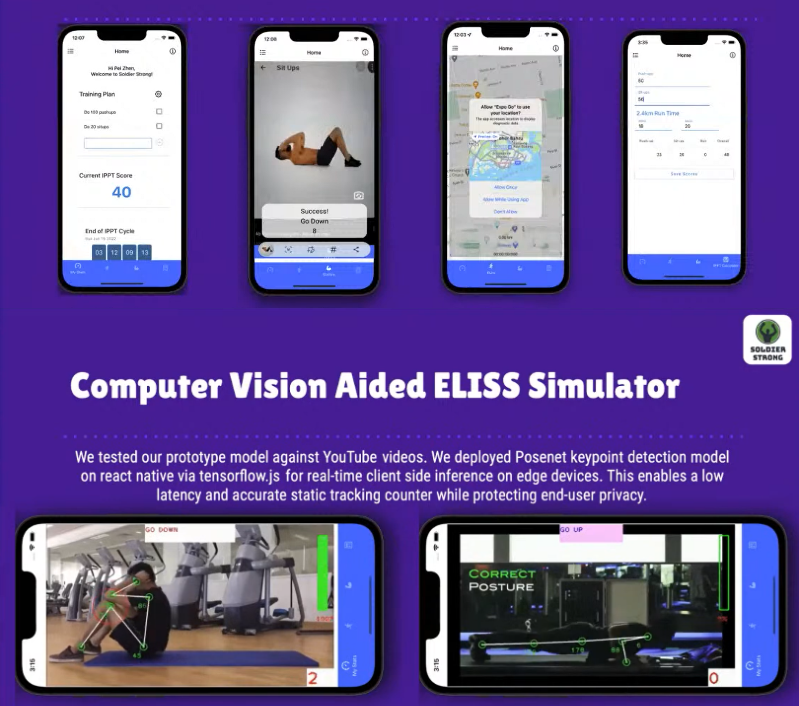
‘Soldier Strong’ was designed as an all-in-one app to assist soldiers in their preparation for IPPT. It uses computer vision to track their postures and keep track of their exercises such as sit-ups and push-ups.
The XRperience Workshop and Hackathon focused on AR this year, with participants leveraging AR to bridge the physical and digital realms. Using their newfound skills, they developed a variety of solutions which used extended reality (XR) technologies to drive positive change for our community and nation.
Students were given three problem statements, where they were asked to derive solutions to strengthen national defence, effect transformation to make Singapore a smart city, and harness tech to help the less fortunate. With a healthy dose of creativity and ingenuity, the teams pitched a variety of solutions.
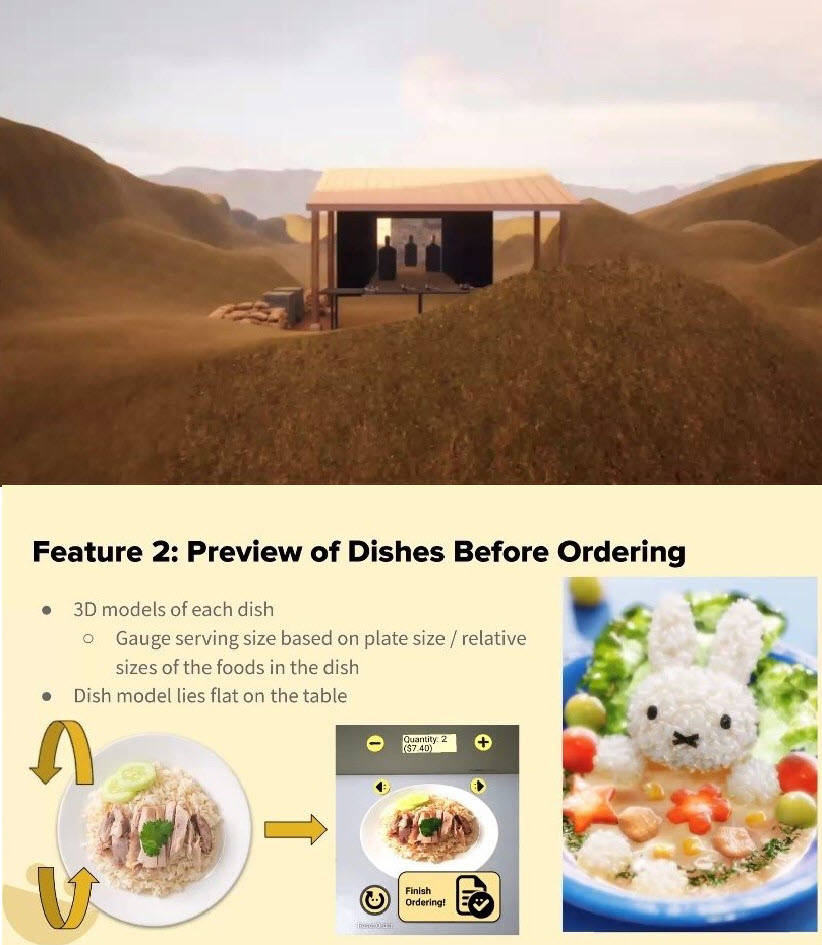
From enhancing soldier training through virtual firing ranges to developing AR applications that help minimise food wastage, students showcased their creativity at the hackathon.
Meanwhile, at the SeeTrue workshop, participants were made more aware of the importance of guarding against fake news. They also got a behind-the-scenes look into how deepfakes can be created with A¬I, and how they can spot deepfakes using a ML classifier.
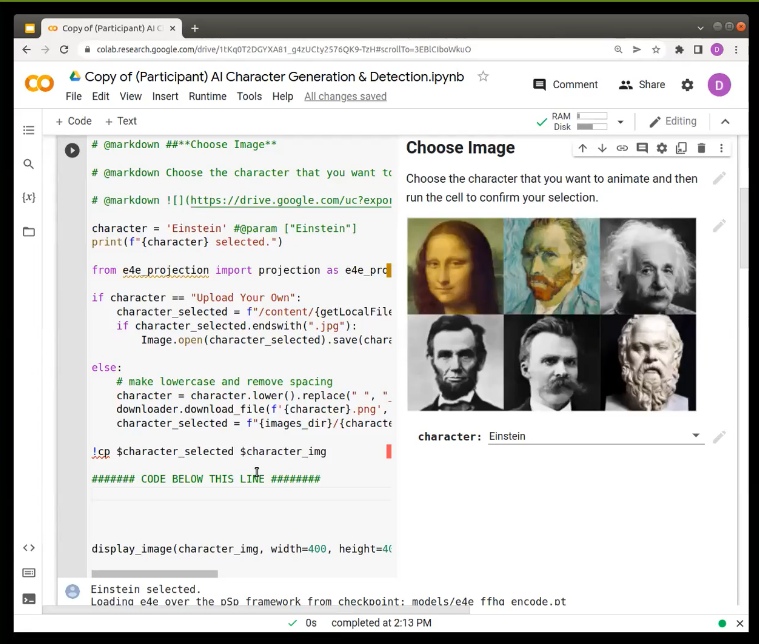
Code-along sessions with camp mentors offered students insights into the technology behind deepfakes and how to detect them.
For participants at the SpaceCube Workshop, they realised that the sky was not the limit. Through the workshop, they picked up valuable knowledge on topics such as space tech and satellites, and even gained fresh insights into the development of space tech in Singapore. They also got the unique hands-on opportunity to assemble, programme and test their very own CubeSats.
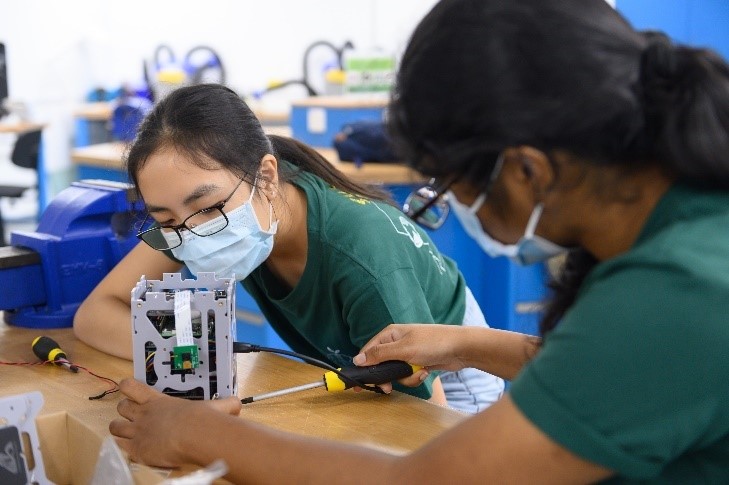
Participants had an out-of-the-world experience by building their very own CubeSat.
Learning did not stop with just workshops and competitions. For those who were keener to read up on advanced tech and their applications, they found themselves immersed in a specially curated virtual Tech Showcase filled with tons of information. They even got a glimpse into the exciting opportunities available in DSTA and the wider defence technology community!
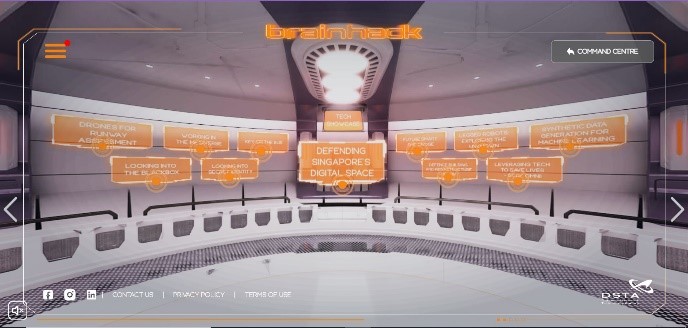
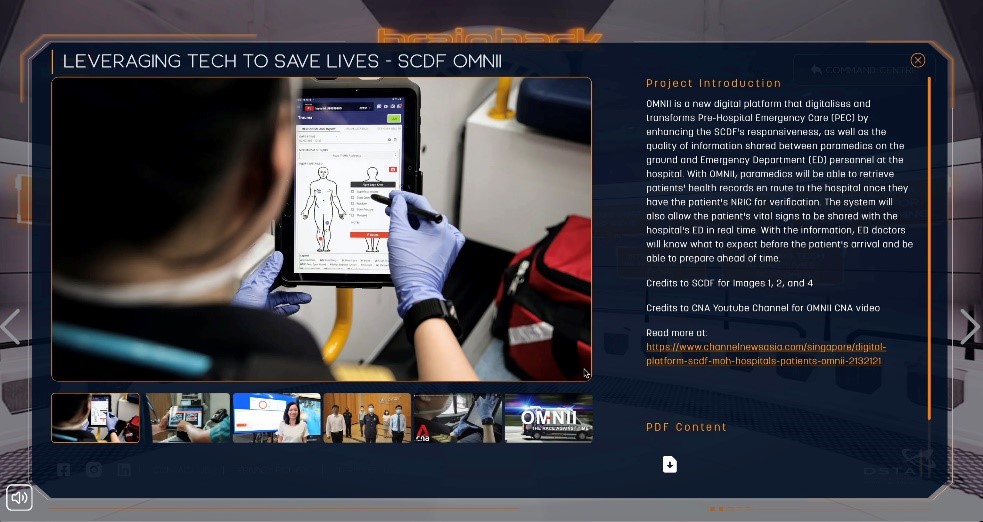
Look out for BrainHack 2023!
